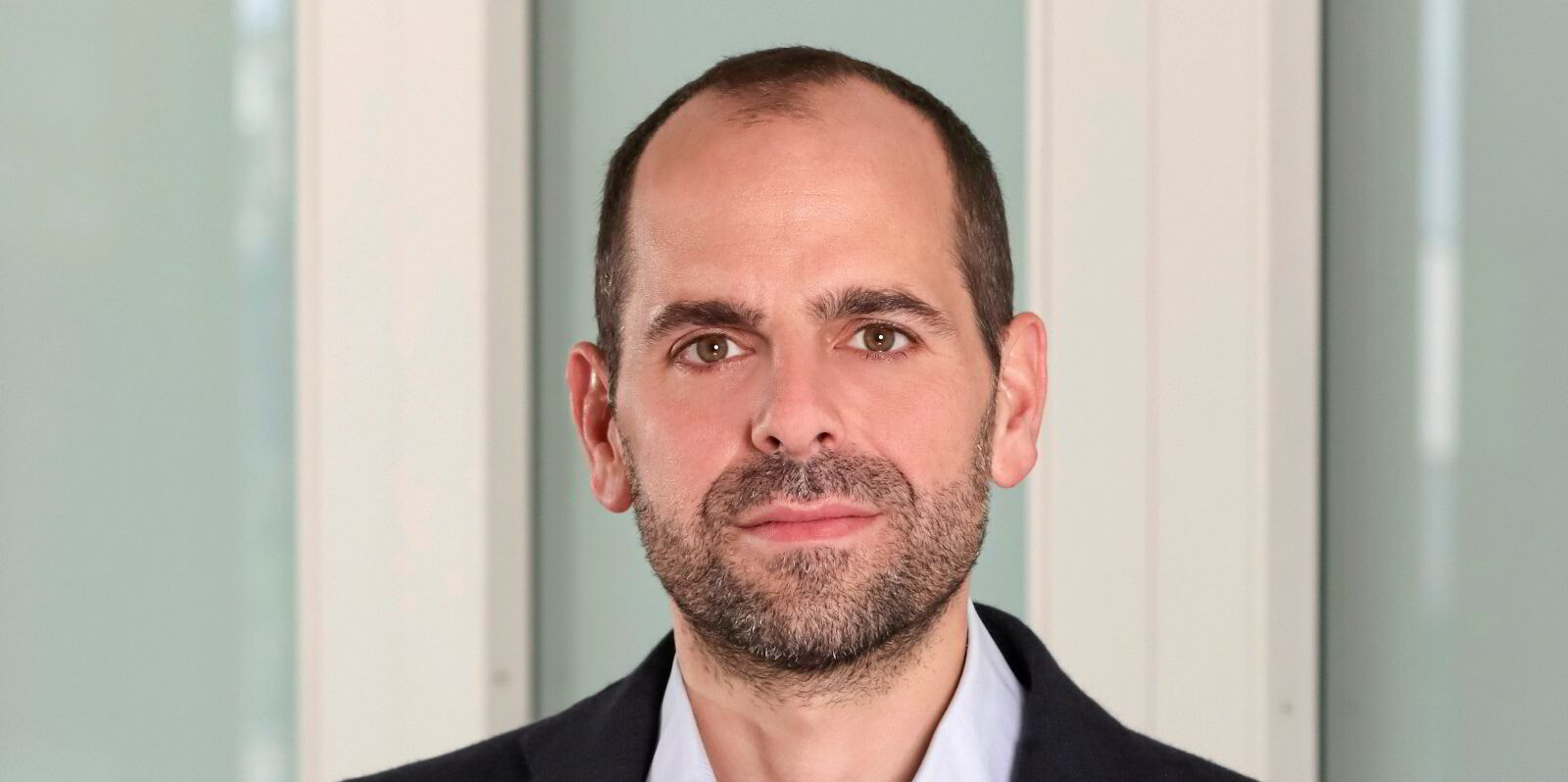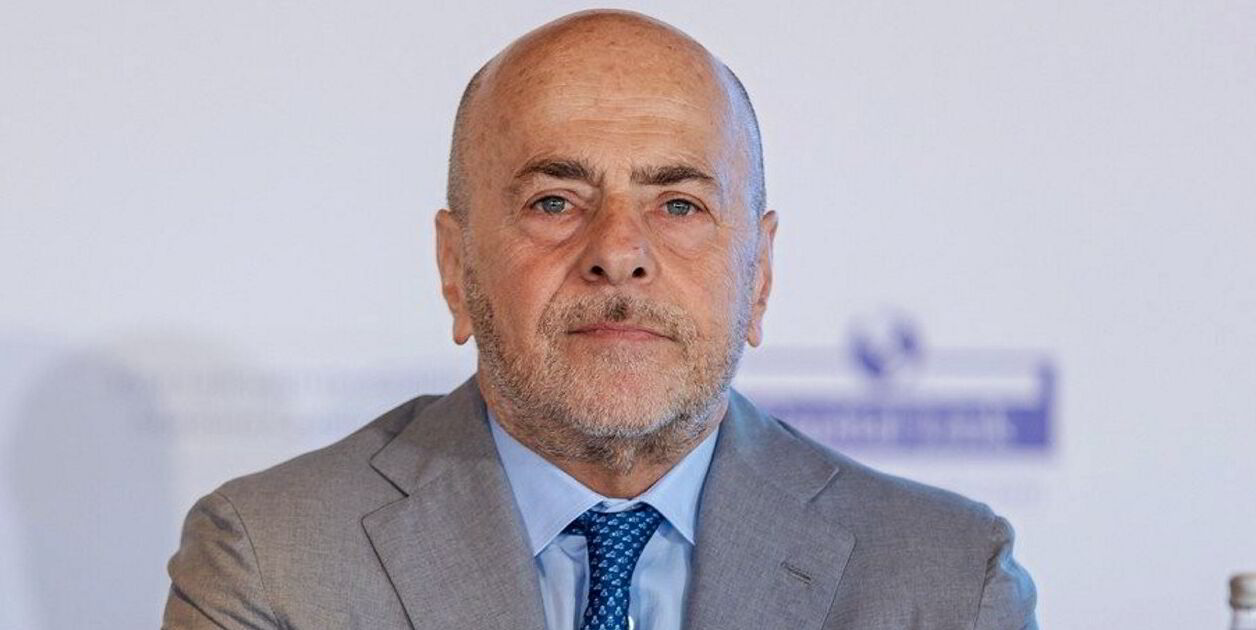Okeanis Eco Tankers revealed on Friday that it has converted half its VLCC fleet into clean product tankers, described as “LR4” ships, to capture higher earnings in one-off spot employment opportunities.
According to a presentation to analysts following the release of financial earnings, the US-listed company led by Aristidis Alafouzos said it has completed four such conversions in the second quarter and another one in the current one.
“We successfully cleaned up three VLCCs from crude to more profitable clean products trade on a spot basis,” the company presentation said about its second-quarter performance.
Okeanis cleaned up another VLCC from crude to clean products trade in the current quarter, “again generating premium time charter equivalent”.
One more conversion is in the works, Alafouzos told analysts in a conference call later on Friday.
Arranged for backhaul trips, Okeanis found that the clean-up voyages were outperforming potential crude-round voyages, ensuring longer charter durations in the weak summer months and extending the voyage closer to the fourth quarter with Western positioning, which is more profitable.
“The summer is always the most challenging period of the year in terms of freight and we looked for ways to protect ourselves from this,” Alafouzos said.
“We saw in the market that traders like Mercuria and Trafigura were fixing dirty trading suezmaxes on time charter and proceeding to clean them up and trading them in the clean market.”
As such opportunities emerged in the East, however, conversion was not an option for Okeanis’ six suezmaxes, which were trading at the time in the West.
An additional reason not to use its suezmaxes for clean trades was that Okeanis found the spread between clean and dirty suezmax market was not large enough to make sense for the company at the time.
Spreads for VLCCs, on the other hand, were satisfactory, which encouraged it to “take some commercial risks”, Alafouzos said.
The company decided therefore not to market some of its VLCCs for crude business but instead cleaned them up on spec with the help of specialists and began looking for diesel cargoes.
On each converted ship OET removed an average of about 150 tonnes of sludge.
“This was a huge feat… the entire cleaning process took about 20 days,” Alafouzos said.
The clean voyages were all for discharge in the West, “which is exactly what we wanted to do to reposition the ships for the fourth quarter”, he added.
All four trips already arranged were for diesel, except one that also carried some naphtha.
Asked about how much the clean trips fetched in terms of round-voyage equivalent TCEs, Alafouzos said the first one was in the mid-$50,000 per day region “and the following two in the mid-high thirties and low forties”.
The company did not rule out extending that practice in the future, maintaining “the optionality to continue trading in the clean market”.
“We have the added bonus of a future clean trading optionality, but this is not our base-case scenario,” Alafouzos said.
“It really depends on the strength in the clean market.
“At the moment, clean cargoes are not that easy because of the relative weakness of the market.”
One of the four converted ships has already re-entered the dirty trade.
In any case, the four trips “demonstrated the company’s ability to adapt and capitalise on opportunities for the benefit of its shareholders”, Alafouzos said.
He told analysts he was not aware of other shipping companies engaging in such a practice to the same extent.
TradeWinds is told that other companies have converted VLCCs to trade clean as well. Heidmar, for instance, has converted two vessels in a similar way.
Asked by analysts to comment about eventual fuel contamination, Alafouzos said the company structured its contracts in a way that makes charterers responsible for any such potential mishap.





